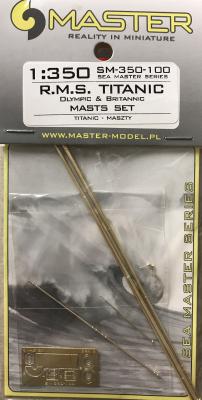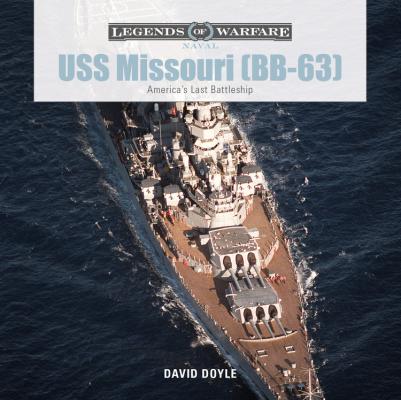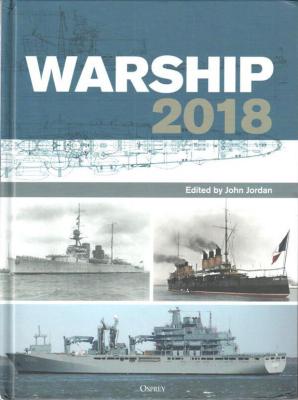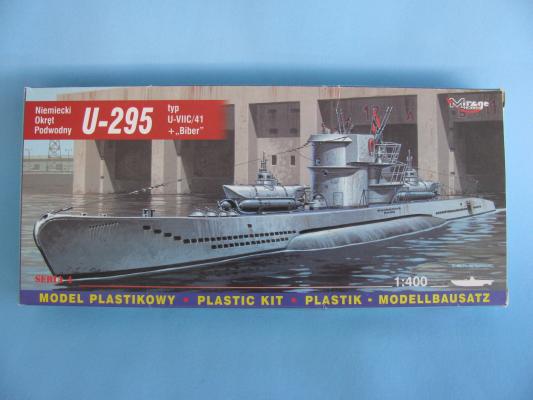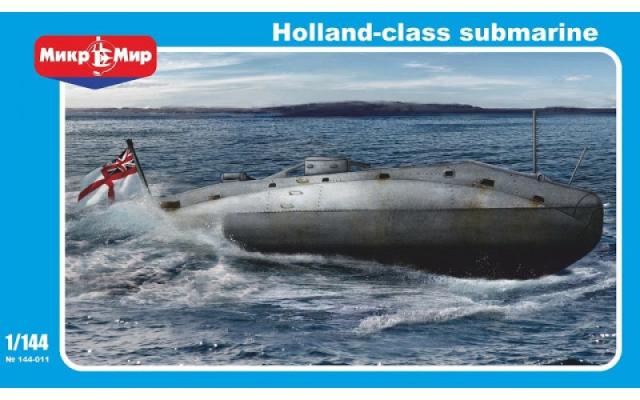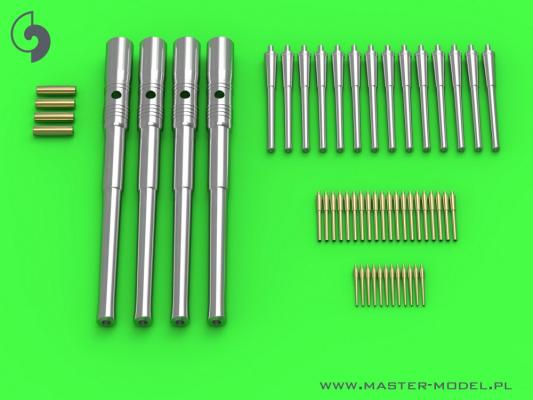Edward Hampshire graduated from the University of Oxford in 1998 with a BA in History. He completed his Masters in War Studies / Naval History at King’s College in London in 2002 with a dissertation on the British Naval intervention in the Baltic, 1918-1920. Edward completed his Ph.D. in War Studies/ Naval History in 2009., with a thesis on British naval equipment of the 1960s. His focus is Cold War era navies and British defence policy since WWII. Dr. Hampshire has taught at the Royal Military Academy Sandhurst and has worked at the National Archives. He has been featured on television and radio, including the BBC, ITV, ABC, and NBC. Dr. Hampshire's previous book was published in 2013, East of Suez to the Eastern Atlantic, British Naval Policy 1964-70. He also co-authored British Intelligence: Secrets, Spies and Sources, published in 2008. Osprey published Soviet Cold War Guided Missile Cruisers (New Vanguard 242) in 2017.
The tragedy of the Titanic sinking is legendary and needs no introduction. For those of us who are, or will build the 1/350 Minicraft Titanic kit, this mast set is a cause for celebration!
I have personally had this ship kit half built and left for a good number of years. I had already scratch built many items to adorn the bridge, grand staircases, and other areas, as well as acquiring about every brass photo-etch set and even a wooden deck set. When I saw this Mast set show up for review, I had to have it and hopefully kick start my enthusiasm to finish this long drawn out build! Goodness knows how much grief I’ve gotten over the years from my wife and model buddies about when the Titanic will be finished!
Master continues to build on their extensive offerings, and this brass mast set is every bit as spectacular as other Master Model brass and photo-etch sets I’ve had the pleasure of using.
Thanks to Casemate Publishing for the review copy!
David Doyle is a well-known author of over 100 books since 2003, covering a wide range of military subjects. Adding aircraft and warship subjects to his already lengthy list of published books covering military vehicles, Doyle’s portfolio of publications continues to expand rapidly, while maintaining the highest degree of quality, accuracy, and depth of coverage.
A recent addition to the IPMS Review Corps suppliers is Mikro-Mir, whose kits remind me of what I am used to seeing with limited production manufacturers. This is not a negative comment, but more of a heads up that some building experience is required to end up with a nice finished model at the end of construction. The overall assembly of this kit was relatively easy with 23 plastic parts and 11 photoetched parts included. Modelers with some experience will enjoy this kit, which represents a one-off design that was the fastest submarine produced to date.
The Ben Franklin class was composed of twelve submarines, SSBN-640 to SSBN-645 and SSBN-654-659. The class was an evolutionary development from the earlier Lafayette-class of fleet ballistic missile submarines. This class can easily be identified by the fairwater planes' location halfway up the sail; the Lafayettes and James Madisons had the fairwater planes in the upper front portion of the sail. In 1993, Kamehameha was converted to a Dry Deck Shelter/swimmer delivery platform, reclassified as an attack submarine, and given hull number SSN-642; her ballistic missile capability was removed and thereafter she carried only torpedoes as armament. Following conversion, she was transferred to Pearl Harbor, Hawaii, for the remainder of her operational career. She holds the record for the longest service life of any nuclear submarine—nearly 37 years.
Thank you Osprey Publishing for providing a review copy of their new ship’s annual! I first thought that Osprey was publishing a new series, but in fact, Osprey is continuing the Conway imprint of naval and military books, which is excellent news. As always, I truly appreciate all those in the IPMS Reviewer Corps, whose work is critical to sharing new and exciting modeling and historical products with the world.
Overview
Warship 2018 is part of an annual series and follows historical event anniversaries, new analysis of naval engagements, intriguing operations, and more general ship topics. Each of the 11 chapters is a stand-alone study, accompanied by abundant images, drawings and data. All writing styles are slightly different, but each is appropriate and engaging for the chapter topic.
Content Coverage
Brief highlights of each chapter are included here. Short engaging descriptions of chapter content following chapter titles.
If you are looking for a unique addition to your WWII U-boat collection, let me direct your attention to the kits of Mirage Hobby. In one of their latest releases, the company offers a Type VIIC boat equipped with a pair of Biber mini subs, each carrying a pair of torpedoes. Shying away from the typical 1/700 and 1/350 scales for ships, Mirage Hobby offers this and several other submarines molded in 1/400 scale. Modelers with some experience with small parts will have no issues with the construction of this kit.
Mikro Mir has releases a series of submarine models from the first submarines through the Cold War. Most of these are in 1/350 and are subjects not seen on plastic or at all. When the IPMS review list came out I wanted to try one, but it was overwhelming and a hard choice of which subject to pick. Fascinated with warships of the turn of the 20th Century I opted for the first British submarine – the American designed Holland Class developed by Mr. John Holland and his company Electric Boat. For such a small submarine, Mikro Mir chose 1/144 scale, which turned out to be a good size.
This set of replacement barrels for the 1/200 scale Mikasa. It includes 4 305mm (12”), 14 152mm (6”), 20 76mm (3”) and 12 47mm (1.85” Hotchkiss Guns). The 305mm and 152mm barrels are machined from aluminum and the other 2 are machined from brass. The 305mm barrels include brass trunnions.
These are designed for Merit International IJN Pre-Dreadnought Battleship Mikasa.
The 305mm is a straight replacement. The machining is quite good, and the only difference is that the plastic piece has what appears to be a cover on the end of the barrel while the metal barrel is bored out to depict the barrel in action.
The rest of the barrels requires surgery to remove part of the old barrel and drilling out a locating hole for the replacement barrel to slip into.


